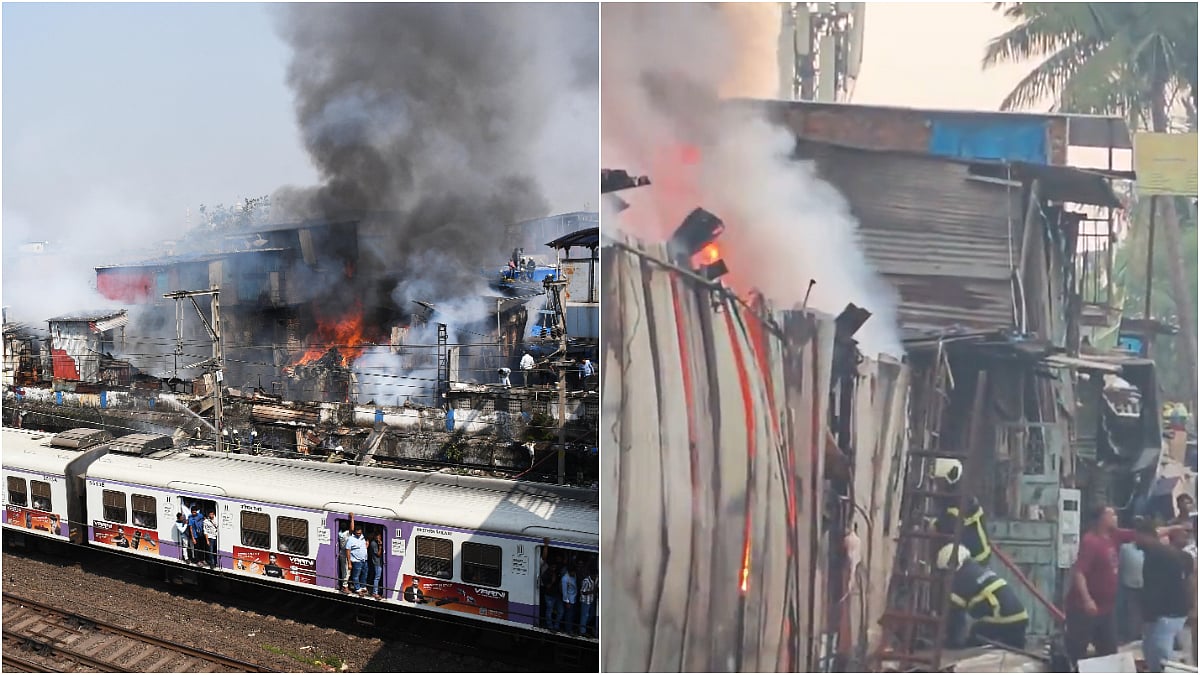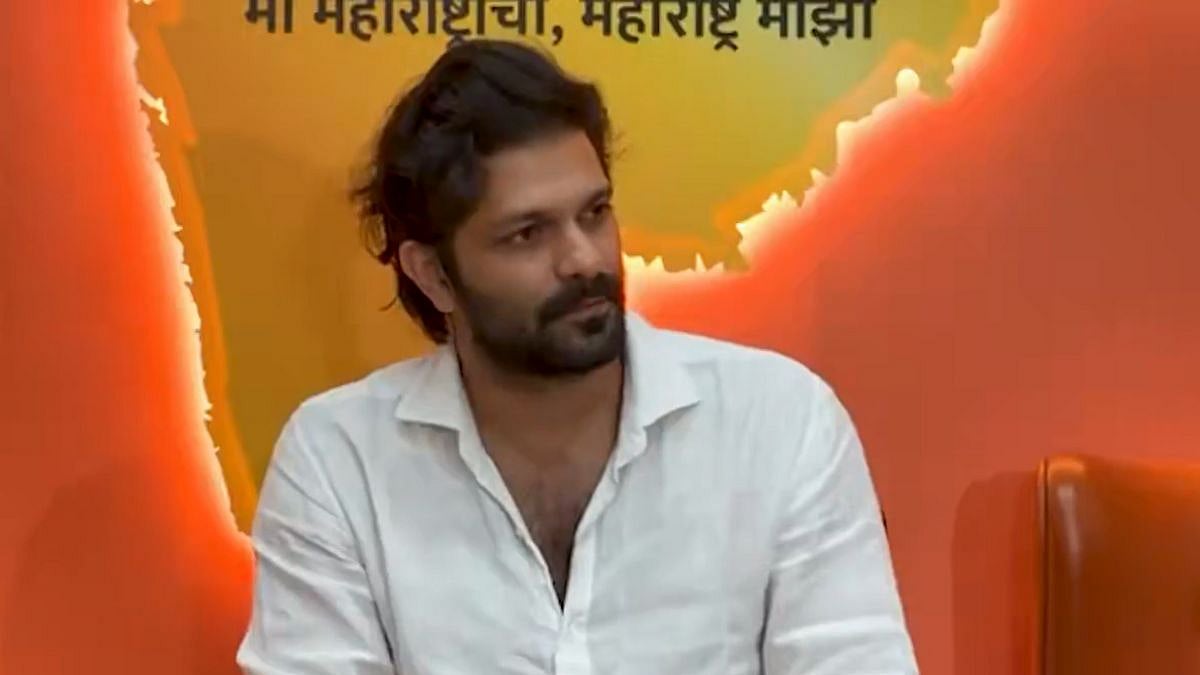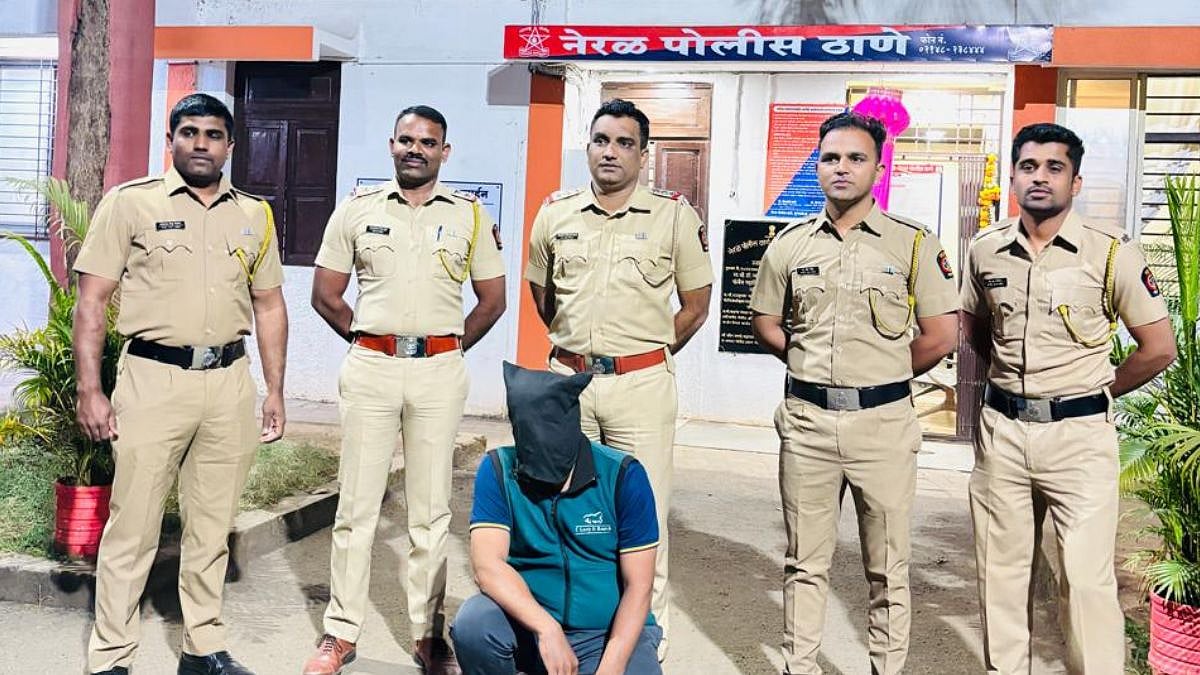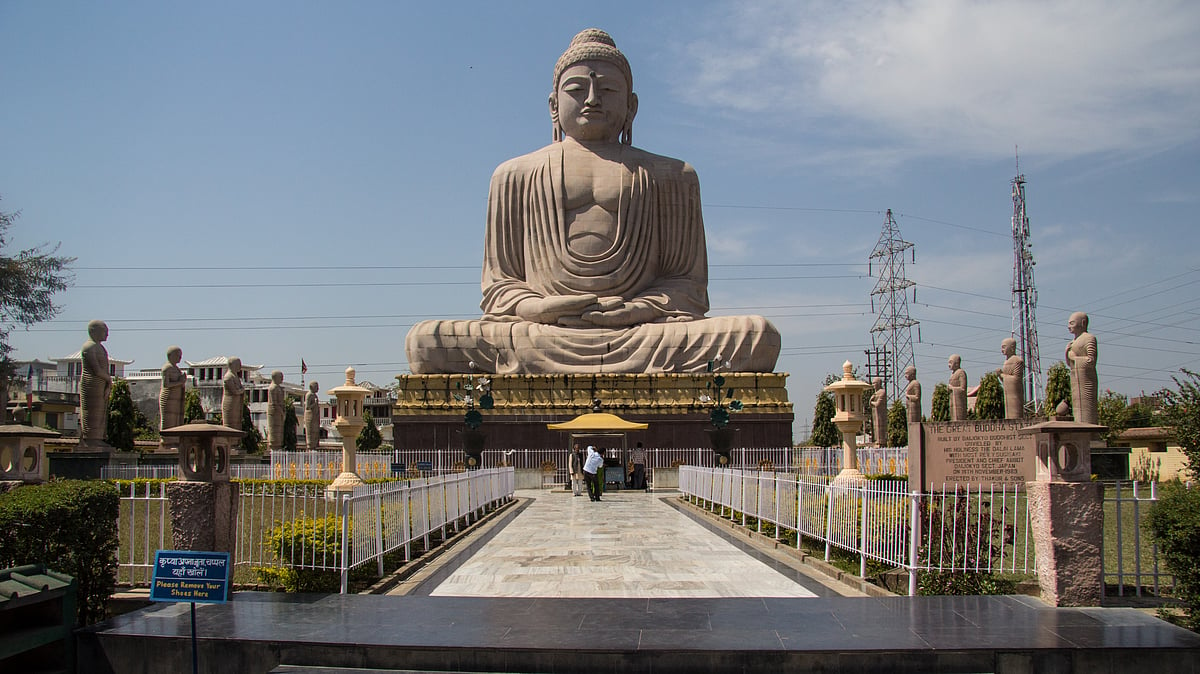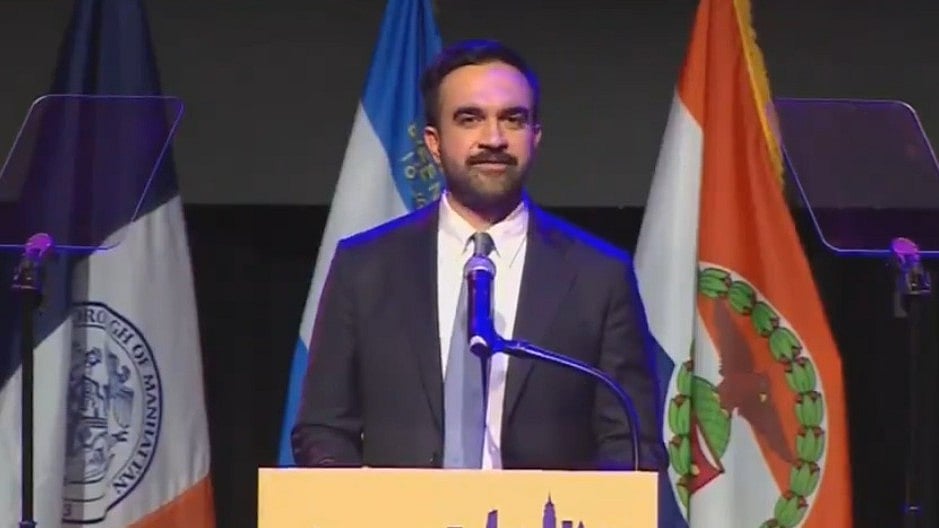Urbanisation is an inevitable consequence of modernisation and economic growth. India too is witnessing rapid urbanisation over the decades. In 1961, our urban population stood at 18%, and this share has gone up to an estimated 35.4% in 2021. Considering that there was a threefold increase in India’s population during this period, from 456 million to 1407.5 million, the urban population increased over six times in 60 years. In 2014, urban population in China (56%), Brazil (86%), and Indonesia (54%) was much higher than in India. Relative to other developing countries, India is still largely rural, and rapid economic growth in the next three decades will witness massive rural-to-urban migration.
India has about 6,00,000 villages, but the number of rural settlements including habitats exceeds one million. There is no way agriculture can provide adequate income to the 910 million people living in villages. Therefore people are migrating to towns and cities in search of livelihoods and better quality of life. In 2011 census, there were 4041 statutory towns and 3784 census towns (villages with over 5000 population and over 75% of male workers engaged in non-agricultural occupations) in India.
The number of these urban settlements and towns is growing over the years. However, the amenities and opportunities are not improving in small towns. As a result, far too many people are forced to migrate to distant big cities in search of livelihoods. In 2018, India had five cities with over 10 million population, four cities between 5 and 10 million population, and 52 cities between one and five million population. As most of our attention and development efforts are focused on these big cities, more and more poor, low-skilled people are forced to migrate to distant big cities for survival. They typically take up low-wage jobs, and housing, water supply, sanitation and commuting to work are daily challenges.
These migrants are alienated from the city community, and have no social support systems. Loss of job or illhealth become catastrophes for the urban poor. Urban poverty is increasing in India, as rural poor are migrating to big cities. The travails of the urban poor have dramatically come to the fore during the Covid lockdown in 2020. About 40 million poor migrants to big cities were forced to return to their villages in harrowing circumstances, and the pain they endured is seared in our memories.
Big cities are needed in the modern world. However, there is no sound economic or demographic reason why the poor, low-skilled people have to migrate to big cities disproportionately. People with high skills — a university professor, a researcher in cutting-edge technology, a super-specialist in healthcare, a top manager or big investor can find market for their skills mostly in big cities. But a small business owner, trader, plumber, electrician, mason, schoolteacher, physician and health worker are needed wherever people live — in towns and cities small or big. However, many of those people are forced to migrate to big cities because small towns are mostly neglected, and are uncomfortable and unattractive to live.
Such skewed urbanisation is depleting our small towns of talent and enterprise. At the same time big cities are bursting at the seams. Poor infrastructure, inadequate public transport, long commutes to work, poor systems of rule of law and inadequate housing are making big cities inhospitable for the poor, low-skilled population. Daily traffic snarls, massive congestion, ghettoisation, rising crime and violence, alienation and extreme distress in difficult times are all daily staple of big city life for the poor.
We need to reimagine our urbanisation model. We need to promote in-situ urbanisation, and develop small towns to improve quality of life dramatically and make them attractive destinations for most of the low-skilled, poor migrants. Storm water drainage, sewerage, potable water supply, 24-hour power, good public transport, connectivity to near-by villages, other towns and cities, quality schools and healthcare facilities, skill development — these are the minimum amenities the government should provide to make small towns attractive. Once the basic amenities are available, private developers will invest in real estate and housing, and businesses will come up. In these days of internet connectivity, television and smart phones, communications are available in most parts of the country.
The government will have to create sensible masterplans for the growth of these towns; and do spatial planning to provide for future growth, recreation and ecological preservation. They are probably 10,000 municipalities and census towns existing now in the country. The states can identify about 5000 of them most suitable for future organic growth based on geography, demography, connectivity, existing patterns of migration, floating population, amenities, natural resources, etc, and invest in infrastructure, town planning and master plans with a time horizon of 25 years. Once basic amenities are available, and credible future growth prospects are visible, most rural people will migrate to these nearby small towns. In situ urbanisation will be the norm, instead of distant migration to alien big cities.
Life in a small town not far from the ancestral village offers many advantages to migrate population. Cost of living is low in small towns, and quality of life is better. Housing, transport, schooling and healthcare are much more accessible and affordable in a small town. People tend to know each other, and have strong social support systems in small towns. As the ancestral village is close to the small town, rural and urban economies are better integrated. Households can take care of farming, and yet live with urban amenities, and non-farm occupations. There is much less alienation. A system of local courts as an integral part of an independent justice system, with summary procedure for simple cases, will ensure easy access to justice and strengthen rule of law. The best of tradition and modernity can be enjoyed by the people in small towns, if they are developed with vision and good sense.
We need to reimagine urbanisation. We cannot conceivably provide basic amenities and good quality of life in a million rural settlements. Large scale, distant migration of poor, low-skilled workers to big cities is making the life of poor migrants precarious and painful, and cities chaotic, congested and unmanageable. In situ urbanisation and healthy and organic growth of small towns is the obvious way out.
The author is the founder of Lok Satta movement and Foundation for Democratic Reforms. Email: drjploksatta@gmail.com / Twitter @jp_loksatta

